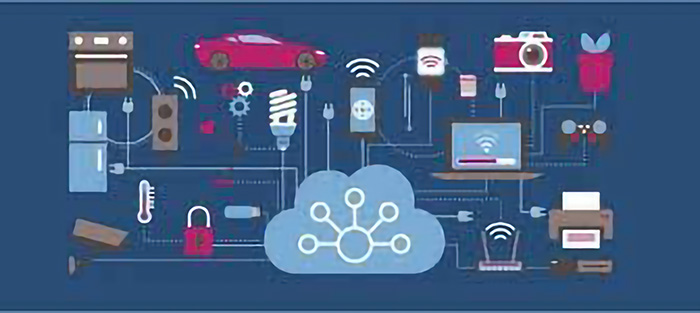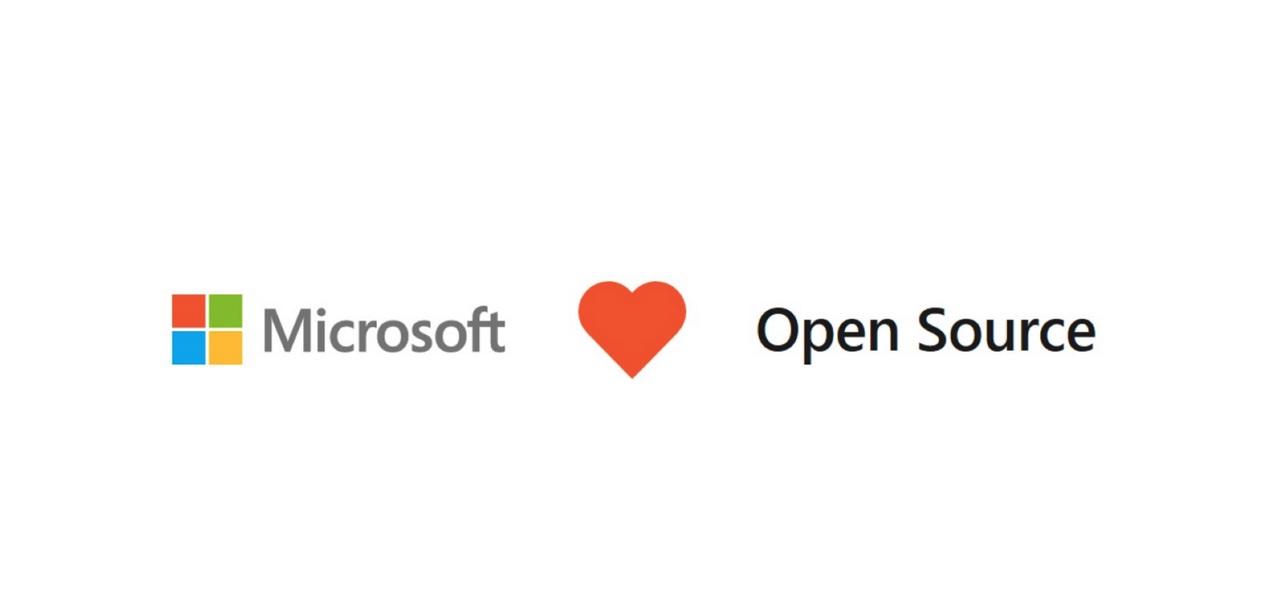Perhaps the most common type of subscription is the mobile phone. Almost all of us have one; many even have two – business and personal. The United Nations’ telecoms agency, the ITU, has predicted that by the end of 2013 there will be 6.8 billion cellular subscriptions globally, almost as many as there are people on the Earth.
There was a time when we chose what service or operator we subscribed to based on a number of factors: how many minutes or text messages we received, the quality of service, low cost, or even the perceived coolness of the operator brand. It was not uncommon to see operators issue branded handsets, which customers were more than happy to use, preinstalled with a range of services and apps exclusive to that network.
The iPhone changed all of this.
Here was a piece of technology that could do much more than what your old dumb phone could ever do with minutes and texts. It was a revolutionary product, and although we had smartphones before it, it was the first device to really redefine the concept and remains the benchmark for every other mobile device.
At first, the iPhone was available exclusively from one operator in the US, AT&T. This was a differentiator for the network – they could offer something to its customers that nobody else could. Over time, the iPhone has become available on almost every network around the globe, on a range of plans that are all more or less the same as each other.
Apple has the device so locked down that no network can add its own layer, meaning that the network is essentially powerless to add anything at all to the experience. And at an almost non-existent margin to boot.
So while operators may be selling massive amounts of subscriptions, it’s not the network the customers are subscribing to – it’s the phone. The operator is merely facilitating a subscription to Apple, or even Samsung if Android is your choice.
The customer has no real attachment to a network, and with subscribers’ ability to keep numbers and change provider, there is nothing to stop moving on to the next provider at the end of a contract in order to save some money. It has become a race to the bottom, where network services are little more than a commodity and operators compete on price alone.
One knock-on effect of this is that as prices drops, so do overall profits which could lead to less investment back into the network infrastructure, having a potential impact on network upgrades and performance.
The challenge is now with operators to add value beyond providing a handset, and to achieve this they need to provide services that account for more than connecting calls and maintaining the flow of data. What can carriers offer that will make a network subscription just as indispensable as the iPhone? What do subscribers need that means a subscription is something they can’t do without?
The battle is on for operators to reclaim their subscriptions, and if they don’t act soon, they could be lost forever.




-png-2.png)
